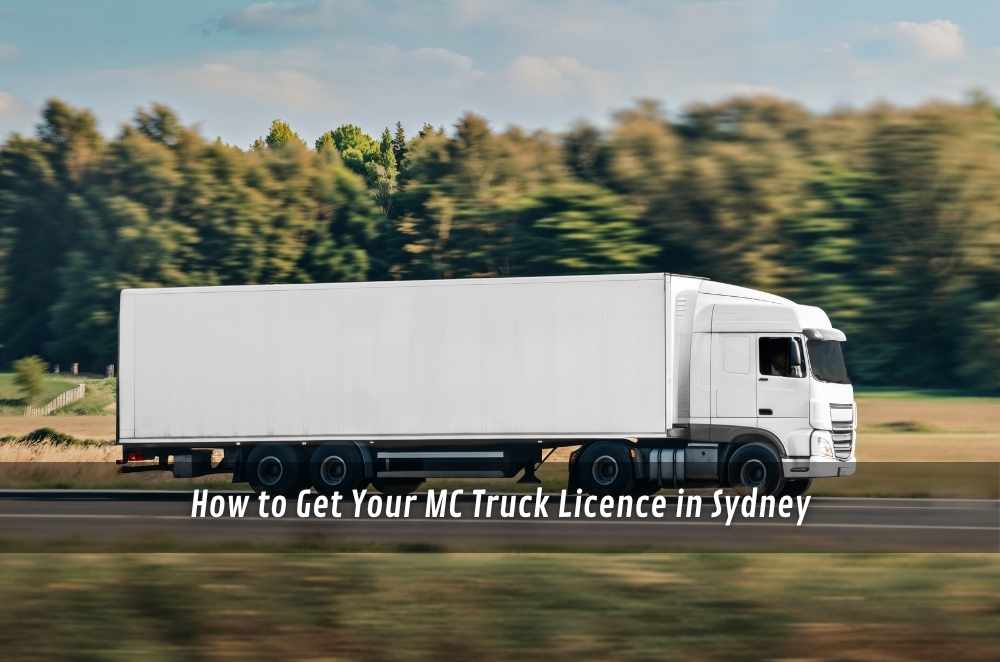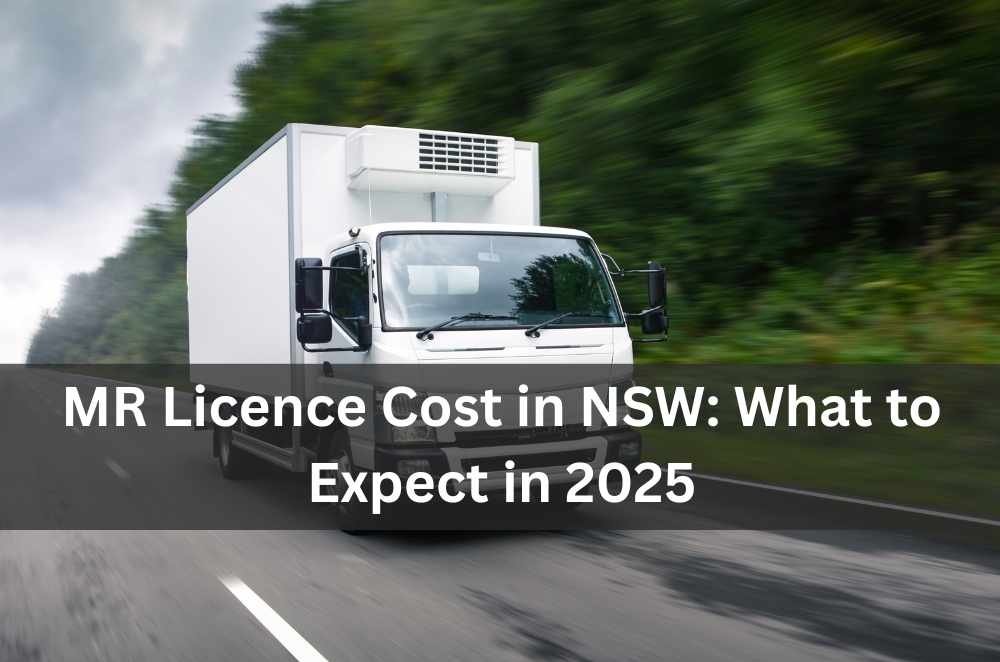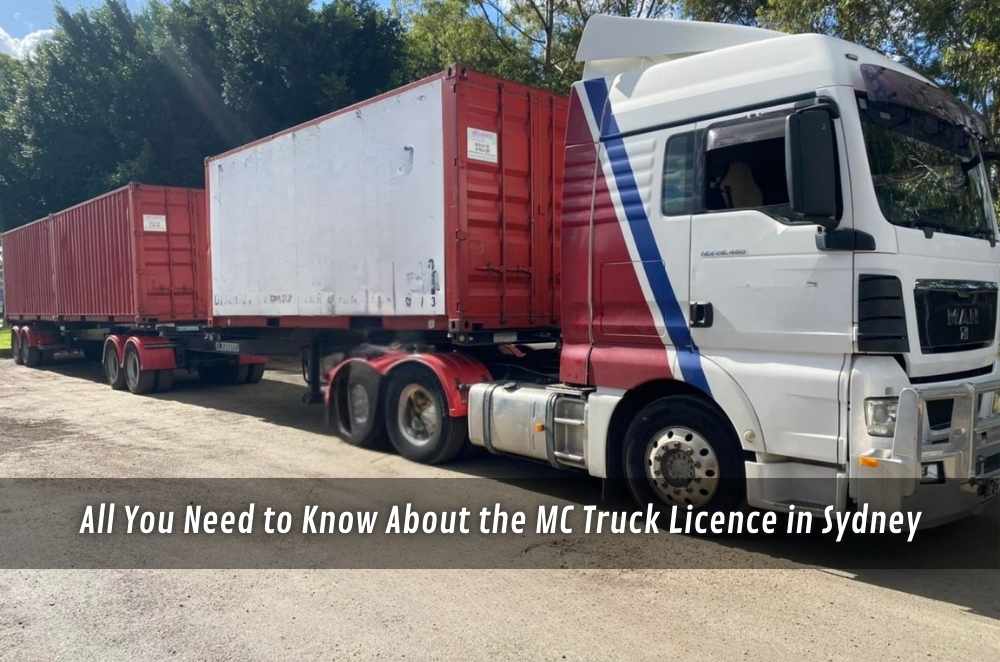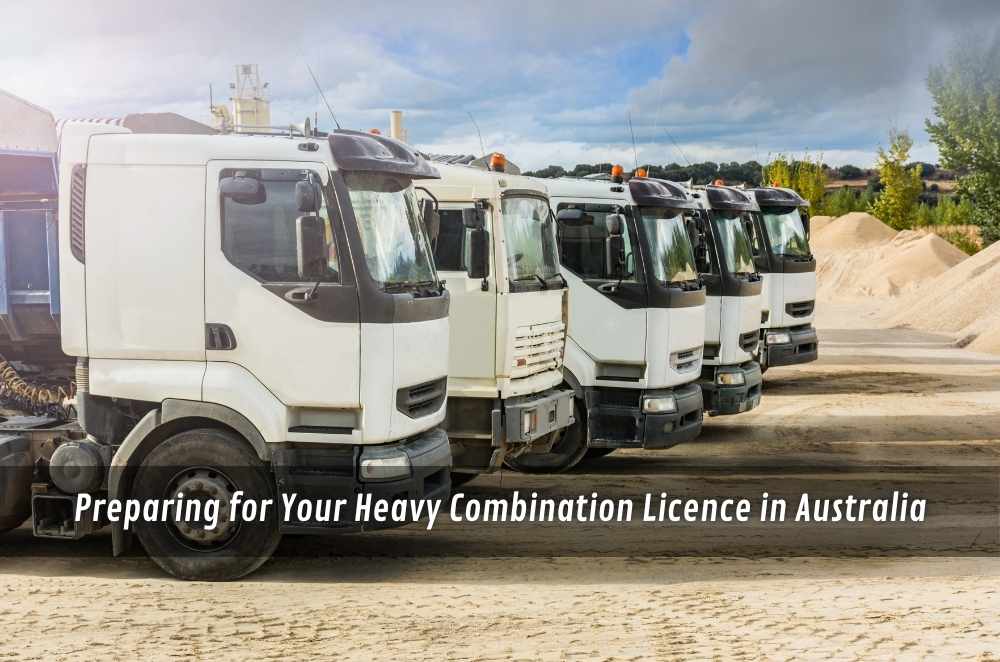
If you’ve ever thought about a career in road transport or are already working with medium rigid (MR) vehicles, moving up to a Heavy Combination (HC) truck licence can open doors. Whether it’s long-haul freight, construction logistics, or regional distribution, HC drivers are in constant demand across Australia.
When I first looked into getting mine, I had no idea what the process involved. I just knew I wanted to move into more secure, better-paying contracts. Within six months of qualifying, I was clocking solid hours on interstate routes with steady work lined up. Not bad for someone who'd only just figured out how to reverse a trailer.
In this guide, we’ll cover everything you need to know to get an HC truck licence, from eligibility and training to testing and real-world benefits.
What is an HC licence, and what can you drive with it?
A Heavy Combination (HC) licence allows you to drive:
A prime mover towing a single semi-trailer, with or without a dog trailer
A rigid vehicle towing a trailer with a Gross Vehicle Mass (GVM) over 9 tonnes
It’s one level above MR (Medium Rigid) or HR (Heavy Rigid) and just below the Multi Combination (MC) licence. If you’re considering a move into serious freight or regional logistics, HC is the gateway.
Eligibility: Who can apply for an HC licence?
To be eligible in most states and territories, you need to:
Hold an MR or HR licence for at least 12 months
Pass a medical test (especially for commercial driver clearance)
Be at least 18 years old
Present a clean or explainable driving history
Some private training schools may require additional assessments before enrolment. And if you’re in NSW, Victoria, or Queensland, there might be minor procedural differences, but the national framework stays consistent.
You can verify heavy vehicle licence requirements via official state guidelines, like the NSW Government’s comprehensive heavy vehicle guide.
How the training process works
Training for an HC licence generally follows a structured process:
1. Pre-Assessment
You’ll usually undergo a short driver screening to confirm your basic handling skills and road knowledge.
2. Theory Component
This covers:
Logbook and fatigue laws
Load restraint and inspection routines
Hazard awareness and road sharing practices
3. On-Road Training
Expect to spend several hours behind the wheel learning:
Wide turns and trailer swing
Reversing with articulated loads
Road Ranger gearbox (if selected)
Real-time traffic response
4. Final Assessment
Once you're ready, you'll complete a practical exam with an assessor. A pass means you can upgrade your licence with your state authority.
My experience: first-time nerves and trailer terror
I still remember the first time I tried to reverse a B-double during practice. My instructor just folded his arms and said, “Alright — let’s see it.” It wasn’t graceful.
But that session taught me more than just manoeuvring. It taught me to plan my moves three steps ahead. After a week of training, I was reversing into docks like I’d done it for years. Not perfect — but confident and capable.
That’s the benefit of good instruction. You don’t just learn to pass. You learn to drive.
What to expect with training and assessment
While the exact pricing will vary between training providers and states, it's important to consider what you're paying for — and why. Most training programs include both theory and practical driving components, as well as final assessment arrangements. Some even offer bundled options to help you streamline the process.
What really affects cost and course structure is the type of gearbox used during training — for example, automatic versus Road Ranger (non-synchromesh) vehicles. Choosing to train in a manual can future-proof your licence by avoiding automatic restrictions. Also ask whether the course includes exam preparation, re-test opportunities, and how flexible the scheduling is (especially if you're working full-time).
In short, it's less about chasing the cheapest option and more about finding a school that gives you the right tools to succeed, the first time, with confidence.

After your HC licence: where to next?
Many drivers use their HC licence as a springboard. With experience, you might:
Progress to an MC (Multi Combination) licence
Take on mining or infrastructure freight jobs
Transition into fleet logistics or supervisory roles
Understanding the steps involved in getting an HC licence helps many drivers feel more confident about their training pathway and licensing outcomes.
Tips for passing your HC licence on the first go
If you're serious about succeeding, a few simple habits can make a big difference:
Choose a training program that includes manual gearbox instruction
Don’t underestimate the importance of pre-start safety checks
Practice in varied environments, especially industrial zones
Review your trainer’s feedback or recorded sessions
Prioritise rest — alertness can make or break your test
A good trainer will guide you through this, but preparation on your end matters just as much.
Real-world value: what employers look for
An HC licence alone won’t land you a job, but it puts you in the running. Employers look for drivers with a clean record, reliable experience handling trailers and heavy loads, and confidence operating in commercial environments. Many start drivers on short-term contracts or casual runs before offering full-time positions.
That’s where solid HC training courses come in — they help prepare you not just to pass, but to work. You don’t just need a licence. You need readiness.
Final thoughts: HC is more than a licence — it’s leverage
Getting your HC licence isn't just about driving a bigger truck. It's a way to earn better contracts, gain long-term job security, and take the next step in a career that’s in demand across Australia. For many, it marks a shift from casual work to a structured, well-paying role with genuine career progression.
It’s a pathway, not just a credential. And it starts with taking that first turn of the ignition — confident, prepared, and ready to roll.






Write a comment ...